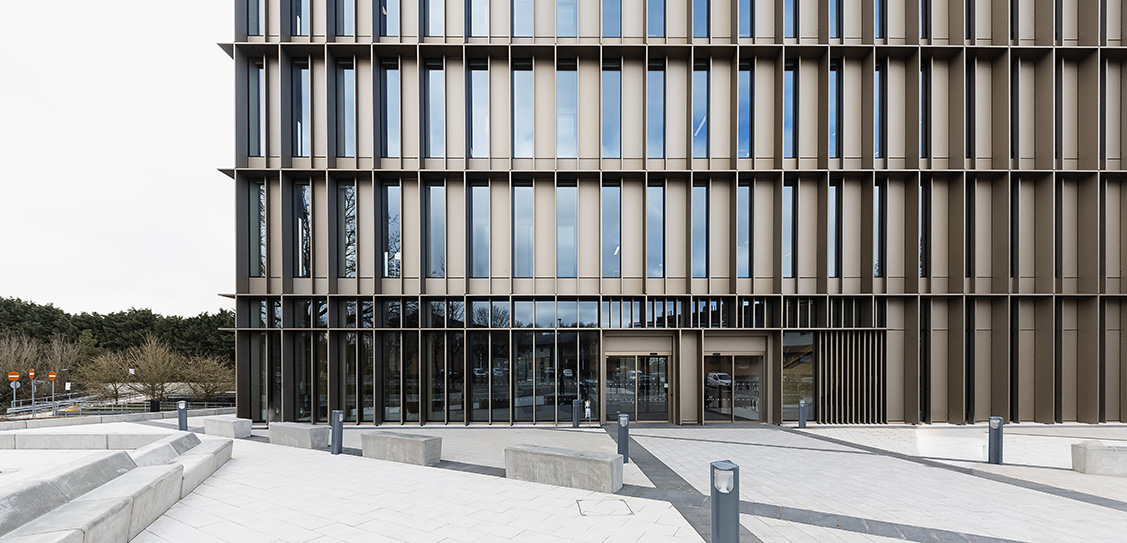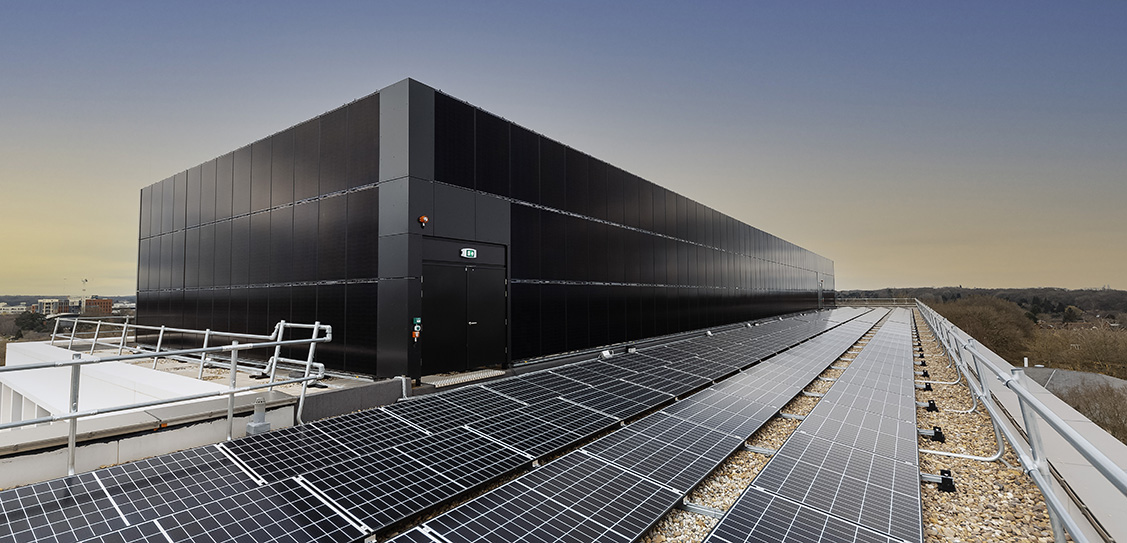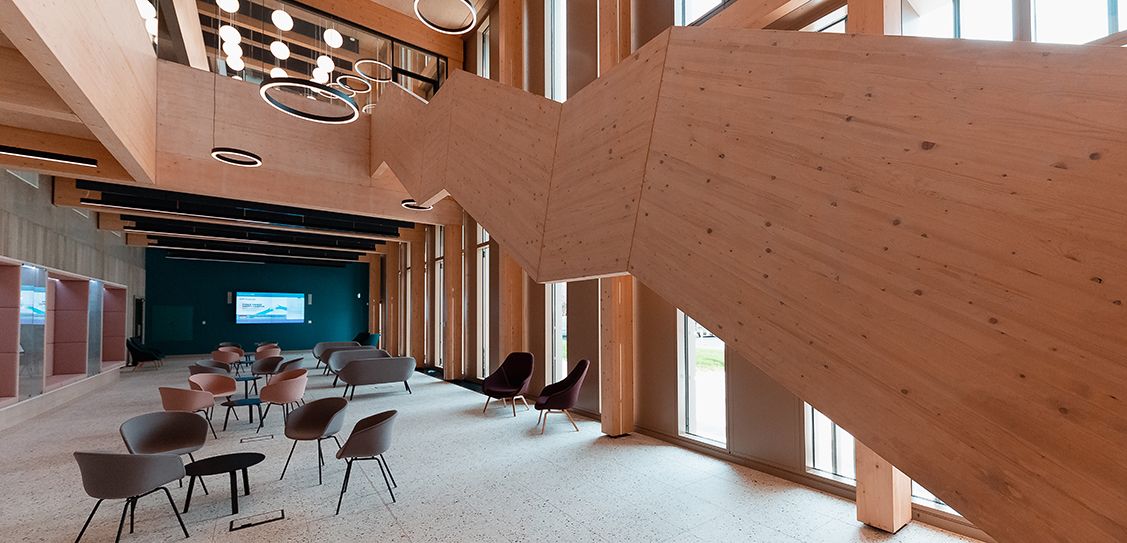Once open, the research building on the University’s Gibbet Hill campus, which has been assembled with components manufactured offsite, will bring together up to 300 researchers who will be working to find new ways to extend healthy life spans. The facility will also house research in neuroscience, microbiology and infection, cell biology, and disease models, supporting and facilitating interdisciplinary biomedical research of the highest quality.
The Interdisciplinary Biomedical Research Building (IBRB) includes the Wolfson Tissue Mechanobiology and Human Disease Laboratory.
The development, which was project managed by Turner and Townsend, is 7,000 sq m and includes a 400 seat lecture theatre and five storeys of laboratories, as well as various social and collaboration spaces. Alongside housing a team of researchers, the development will also enhance the student experience, facilitate the growth of undergraduate schemes and foster interdisciplinary collaboration enabling life-changing biomedical research.
The building has been completed to an industry leading standard with 50% of the development made up of pre-manufactured value (PMV ), comprising several off site manufactured components, such as a pre-cast frame, mega-riser, timber frame, and cladding. This approach simplifies the project’s logistics and improves its sustainability credentials by reducing the carbon footprint.
The project has also maximised opportunities to improve sustainability, including the installation of more than 390 vertical PV solar panels; these offsets approximately 46,00 kg CO² emissions. Once in operation, Willmott Dixon’s Energy SynergyTM process will also be applied to the building to bridge the performance gap and drive down energy costs. Throughout the project, the contractor has also studied the project’s embodied carbon lifecycle which is supporting the university’s net-zero carbon estates strategy. The IBRB is the university’s most environmentally sustainable space on campus so far.
Through adopting an offsite approach, the contractor was able to reduce the whole project build time to just 87 weeks, compared to longer for a comparable project using traditional methods.
Using offsite and modern methods of construction not only helped us to improve the sustainability and carbon footprint of the development, but the factory build environment also allowed us to have better quality control, a reduced strain on specialist trades and fewer site deliveries. This, in turn, benefitted the local community by ensuring the local roads of Coventry and the university were much quieter.



